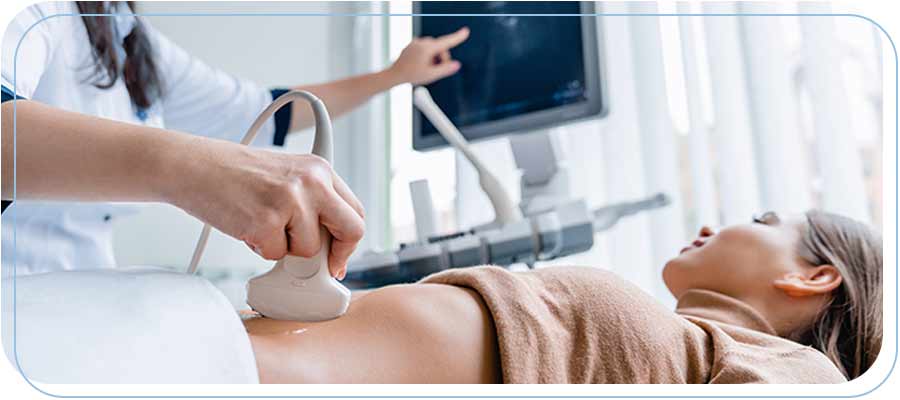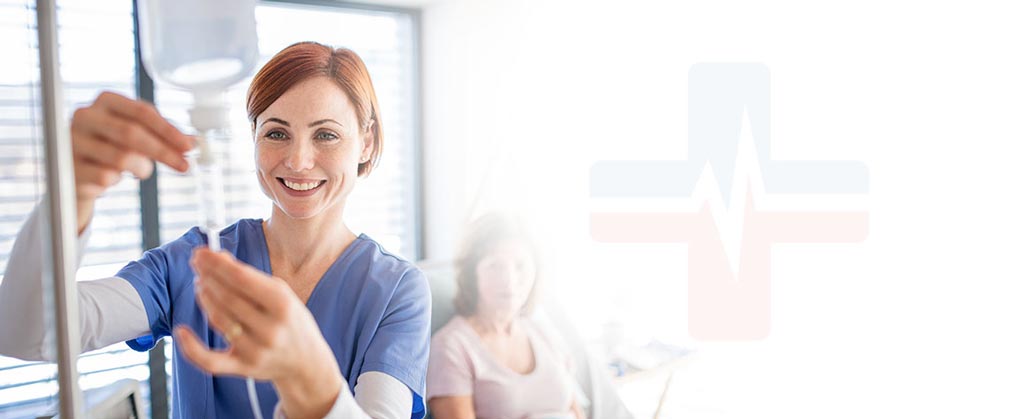Ultrasound Scans: How Do They Work
Ultrasound scans provide real-time images of body structures by using high-frequency sound waves. The waves are emitted by the transducer, which bounces off organs in tissues and creates echoes. These echoes are then transformed into visual images on a screen to aid in the diagnosis of various illnesses without causing pain or exposing the patient to radiation. We provide ultrasound services at Reddy Urgent Care. For more information, contact us or schedule an appointment online. We have convenient locations in Bixby Knolls, Downtown Long Beach, and Paramount, CA.


Table of Contents:
Why would a patient need an ultrasound?
What can ultrasound detect?
How do I prepare for an ultrasound?
What is the difference between a CT scan and an ultrasound?
Ultrasound scans are a very commonly used diagnostic tool that only takes around 15 minutes to perform and uses no radiation or incisions, making it one of the safest diagnostic tools available. Through the use of sound waves, ultrasounds are able to provide images of internal structures and the soft tissues within the body in order to support accurate diagnoses or to support treatments.
Ultrasounds are a diagnostic tool typically used to visually assess the soft tissues, i.e. the organs, blood vessels, and glands, of a patient. They are recommended if a patient is displaying signs or symptoms that could be diagnosed by looking at the soft tissues that may be relevant in the possible conditions associated with the displayed symptoms. Some possible symptoms that may warrant the use of an ultrasound include swelling, pain, or other sensations within the body that require a view of the organs for diagnosis. An ultrasound may be recommended by a doctor if the possible cause of conditions would be best diagnosed using a non-invasive method that is pain and risk-free. A doctor can use ultrasounds to diagnose a variety of conditions visible in the soft tissues such as abnormalities in the heart, intestines, blood vessels, or internal bleeding. Ultrasounds are the safest diagnostic tool making them most often the best option for use in pregnancies as they are incredibly unlikely to harm the fetus.
Ultrasounds a re frequently used to detect a very wide variety of conditions that can be diagnosed through non-invasive visibility of the soft tissues. They are most well-known for being used to assess pregnancies as they are a very safe means of checking the health of the fetus, but other very common diagnoses provided by ultrasounds include but are not limited to:
– Kidney stones
– Gall stones
– Blood clots
– Tumours or cancers
– Aortic aneurisms
– Inflammation of any organs
– Uterine fibroids
– Infections
– Cysts
– Thyroid conditions
Ultrasounds are able to detect so many different conditions due to the fact that it is safe for use in almost every area of the body such as the heart, eyes, blood vessels, brain, breasts, abdomen, skin, muscles, and thyroid.
The preparation required from patients leading up to an ultrasound differs a bit depending on what the test is being used to assess. Some scans, such as for assessing the gall bladder, liver, or digestive tract, may require that patients avoid consuming any food or beverages for at least 8 hours before an ultrasound and ensure to empty their bladder before the appointment. For those receiving ultrasounds during pregnancy to assess the pelvic area, it will likely be recommended that patients drink a certain amount of water 75 minutes before the scan and ensure that the bladder is not released until after the scan is complete. Depending on the reason you are receiving an ultrasound, you will be informed by a healthcare provider as to what may be required for preparation leading up to the ultrasound appointment. If you have any questions regarding how to be best prepared for your ultrasound, please feel free to contact the clinic for clarification.
While CT scans and ultrasounds can both be used to assess the soft tissues of a patient, an ultrasound is typically performed first, as it is the safer and more affordable of the two tools as an initial assessment to see if the condition can be easily diagnosed. If the condition requires more in-depth or detailed imaging, a CT scan may be ordered. CT scans give off a small amount of radiation, making them less safe for use in prenatal care or pediatric care, but are able to provide much more detailed images of the soft tissues, blood vessels, and bones all within one image, making it the better option to accurately assess tumours or cancers, whereas ultrasounds are better for determining the sizes of organs, and identifying lesions or other abnormalities in the organs, muscles, and tendons.
Discover the advantages of ultrasonic scans and experience the benefits of this safe and noninvasive imaging method. For more information, contact us or schedule an appointment online. We have convenient locations in Bixby Knolls, Downtown Long Beach, and Paramount, CA. We serve patients from Belmont Shore, Shoreline Village, The Pike Outlets, Downtown Long Beach Station, The Westin Long Beach, Signal Hill, and Long Beach Boulevard, California.





